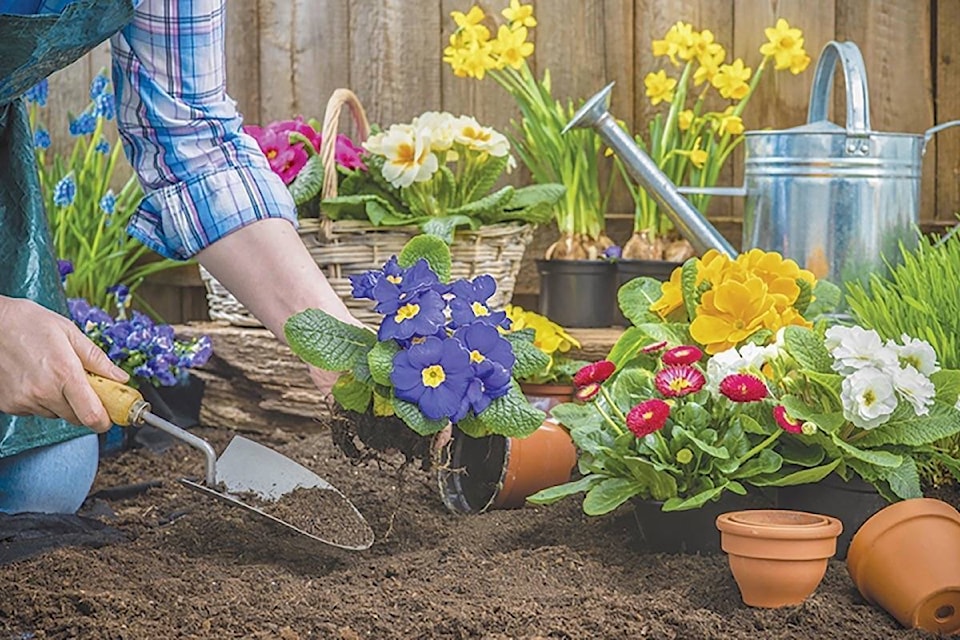September has rolled in and is bringing a lot of chores to do in the garden at this time of the year. It is still time to plant some lettuce, radish, spinach but you will have to protect the young seedlings if the temperature drops too low at night. A cold frame is perfect at this time.
The autumn bulbs have reached the markets and time to plan for your garlic crop. Taken from the Old Farmer’s Almanac:
“We advise fall planting for most gardeners. Garlic roots develop during the fall and winter—before the ground freezes—and by early spring, they start producing foliage.
In areas that get a hard frost, plant garlic about 2 weeks after your first fall frost date, but before the ground freezes. The timing may vary with local climate; the aim is to allow a long enough period before the ground freezes for the plant to develop good roots, but not enough time to for it to form top growth before freezing temperatures set in.
In cooler climates, planting is usually between September and November”.
READ MORE: New Vernon pastry chef has real sweet tooth
This is not a guaranteed date: Vernon 1st frost date: Oct 21-Oct 31 - Armstrong Oct 11-Oct 20
I plant my garlic at the end of September after I finish cleaning the beds or whenever.
Peonies do well in sunny locations by Richard Jauron Extension Horticulturalist Iowa State University
“Peonies can be left undisturbed in the garden for many years. Peonies shaded by large trees or shrubs should be moved to a sunny site to improve flowering. Large, vigorous plants can be dug and divided for propagation purposes.
September is the best time to transplant established peonies. Begin by cutting the peony stems near ground level. Then carefully dig around and under each plant. Try to retain as much of the root system as possible. Promptly replant the peonies in a sunny, well-drained site.
Division of large peony clumps requires a few additional steps. After digging up the plant, gently shake the clump to remove loose soil from the root system. Using a large knife, divide the clump into sections. Each division should have at least three to five buds (eyes) and a good root system. Smaller divisions will require several years to develop into attractive plants.
When selecting a planting site, choose a location that receives at least six to eight hours of direct sun each day. Avoid shady areas near large trees and shrubs. Poorly drained soils often can be improved by working in large amounts of compost, peat moss or leaf mold.
When planting a peony, dig a hole large enough to comfortably accommodate the plant’s root system. Position the peony plant in the hole so the buds are one to two inches below the soil surface. (Peonies often fail to bloom satisfactorily if the buds are more than two inches deep.) Fill the hole with soil, firming the soil around the plant as you backfill. Then water thoroughly. Space peonies three to four feet apart.
In late fall (mid-November to early December), apply a four to six inch layer of mulch over the newly planted peonies. Excellent mulching materials include weed-free straw and pine needles. Mulching prevents repeated freezing and thawing of the soil during the winter months that could heave the plants out of the ground. Remove the mulch in early spring before growth begins.
Transplanted peonies may not bloom well the first spring. However, flower numbers should increase rapidly by the third or fourth year”.
READ MORE: A Gardener’s Diary: Planting dos and don’ts
